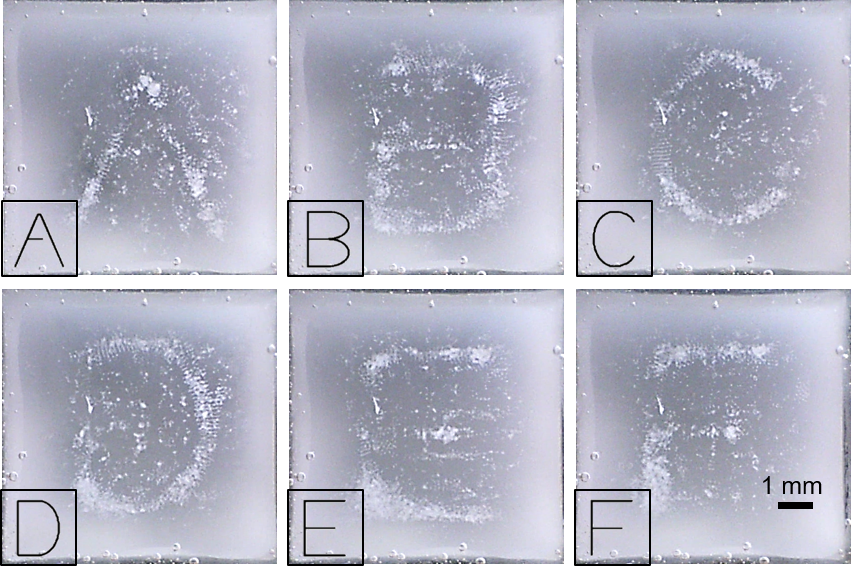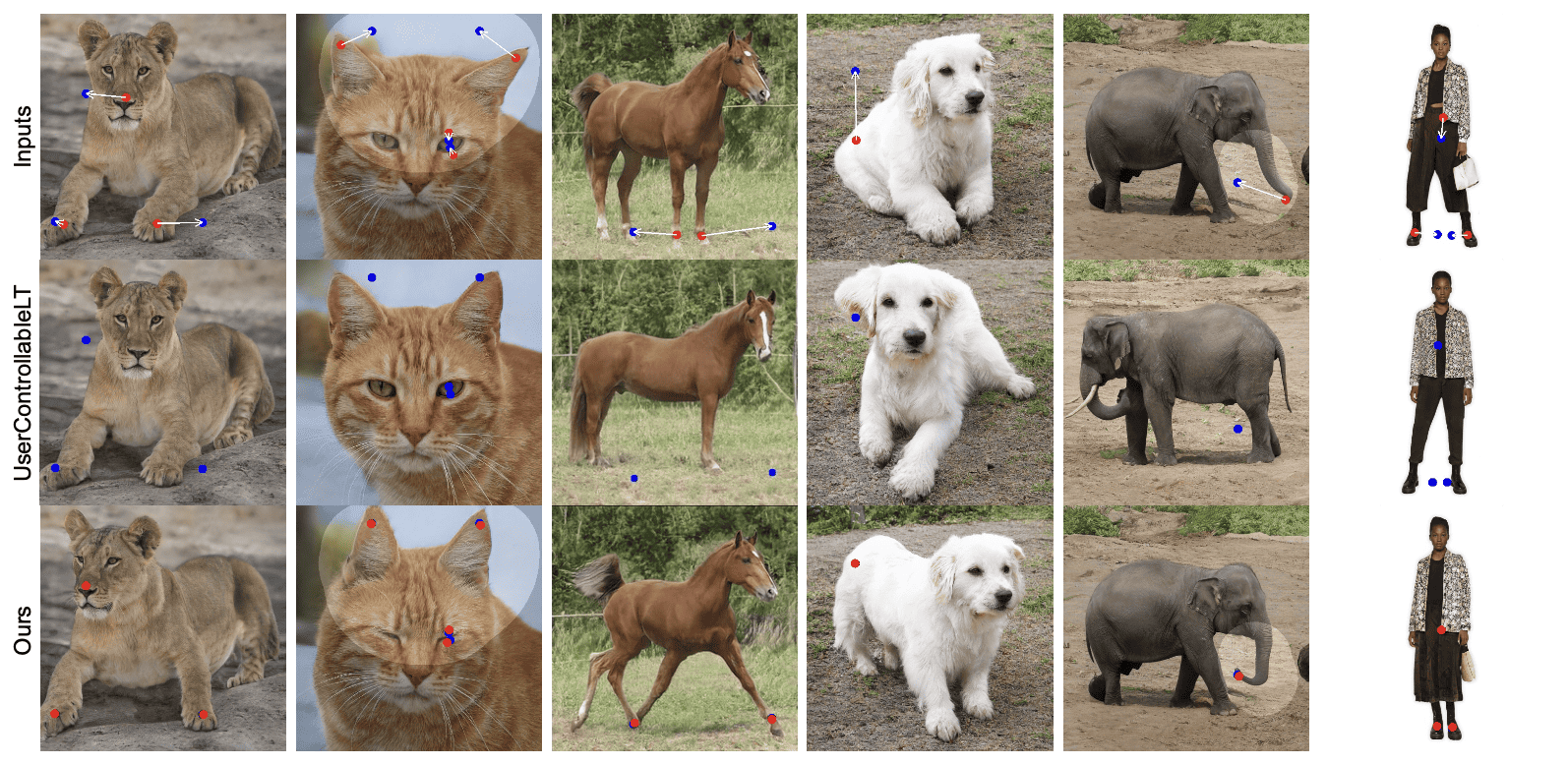
Ultrasound therapies may become more effective and easier in the future. A team of researchers led by Peer Fischer from the Max Planck Institute for Intelligent Systems (part of the Max Planck Society) and the University of Stuttgart (both in Germany) has developed a projector that flexibly modulates three-dimensional ultrasonic fields with relatively little technical effort.
This allows sound pressure level profiles to be generated which have a higher resolution and a higher sound pressure level than the technology currently in use. Thanks to this new technology, the therapy can be precisely tailored to the individual patient’s situation.
Ultrasound for cancer treatment
Ultrasound is widely used as a diagnostic tool in both medical and materials science. Yet it can also be used for therapeutic applications. In the US, for example, uterine and prostate tumors are treated with powerful ultrasound. The ultrasound destroys the cancer cells by burning specifically the diseased tissue.
Researchers around the world also use ultrasound to combat tumors and other pathological changes affecting the brain. “In order to prevent damage to healthy tissue, the sound pressure level profile must be created very precisely,” Peer Fischer explains. He is head of the research group at the Max Planck Institute for Intelligent Systems and a professor at Stuttgart University.
Distortion caused by the crown of the skull
Tuning intensive ultrasound frequencies towards diseased brain tissue is complicated by the fact that the crown of the skull distorts the soundwave. The Spatial Ultrasound Modulator (SUM), a specialized modulator developed by researchers from Peer Fischer’s group, can resolve this problem.
The technique is not just limited to diagnostic and therapeutic uses. Fischer also sees applications for biomedical laboratories. “It can be used to sequence cells in organoid models. These types of organoids facilitate useful testing of pharmaceuticals. That’s why they should at least be able to partially replace animal testing,” says Peer Fischer.
Two birds with one stone
Conventional methods vary the acoustic frequencies using separate sound sources. The soundwaves can be stacked on top of each other and offset against each other. However, as the separate sound sources cannot be miniaturized as required, the resolution of these sound pressure level profiles is limited to 1000 pixels. The sound transmitters are so small that the sound pressure level is suitable for diagnostic, but not therapeutic purposes.
However, with the new technology, the researchers first generate an ultrasonic soundwave. They then modulate the sound pressure level profile themselves. They kill two birds with one stone by doing this. “This way, we can use much more powerful ultrasound transducers – a kind of miniature speaker -” explains Kai Melde. He led the SUM development team. “What’s more, thanks to a 10,000-pixel chip that modulates the ultrasonic wave, it is possible to generate a profile with a much finer resolution.”
Acoustic properties of ultrasound
“We use the different acoustic properties of water and air to modulate the sound pressure level profile,” says Zhichao Ma. He is a postdoc student in Peer Fischer’s group who played a key role in the development of the new technology. “While an ultrasonic wave passes through a liquid unimpeded, it is actually fully reflected by microbubbles. The Stuttgart researchers designed a chip the size of a thumbnail on which they can produce hydrogen microbubbles in a thin film of water by means of electrolysis with 10,000 electrodes. The electrodes each have an edge length of less than a tenth of a millimeter and can be controlled individually.
Sound pressure profiles
But it only passes through the liquid solution as soon as the soundwave hits the water containing hydrogen microbubbles. This creates a sound pressure level profile with recesses at the points where the microbubbles are located. The researchers first sweep the microbubbles away from the chip and then generate a new pattern using gas bubbles so as to create a different sound level profile. Using the ultrasonic projector, the Stuttgart team is able to generate a new sound level profile in approximately ten seconds. “We can significantly increase the image frequency rate with other chips in the future,” Kai Melde adds.
Photo: The researchers showed how precise and variable the new projector for ultrasound functions by spelling the alphabet in a kind of image reproduction of sound pressure profiles. They captured microparticles in the recesses of the different sound pressure level profiles to make the letters visible. The particles arranged themselves in the shape of the individual letters depending on the sound pattern.
Also of interest: First ultrasound therapy worldwide with clinical approval for brain stimulation







